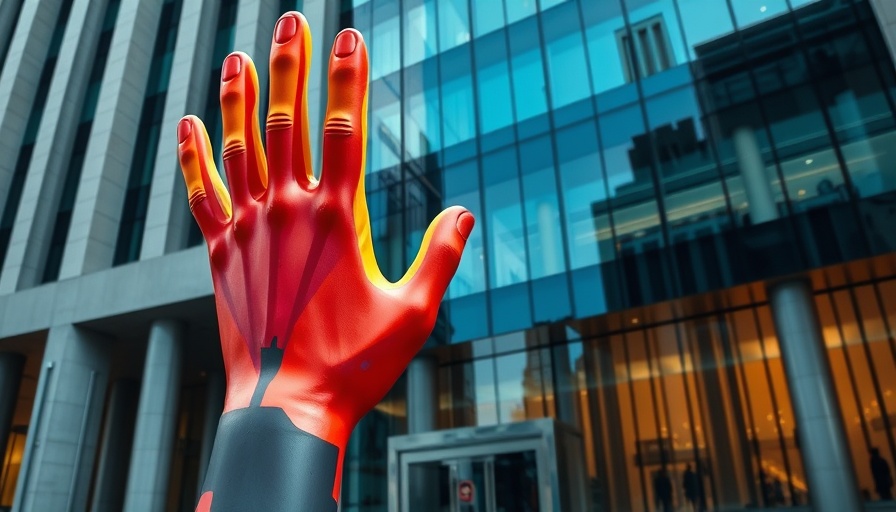
Art as an Essential Asset in Modern Spaces
While facility managers often prioritize essential needs such as repairs and maintenance, the role of art has emerged as a powerful influencer in creating value across various environments. The contemporary marketplace emphasizes not just functionality but also experience, and art plays a pivotal role in shaping that experience.
Transforming Atmospheres: The Psychological Impact of Art
Art does not just enhance aesthetics; it influences moods, fosters engagement, and can even improve productivity. Well-researched studies indicate that environments enriched with art and nature yield happier and more focused employees. For instance, TIAA's office space in Dallas, which boasts over 150 art pieces, illustrates how thoughtful design can transform sterile workplaces into vibrant, motivating spaces.
Art and Healing: A Growing Trend in Healthcare Settings
The application of art in healthcare is drawing attention for its therapeutic benefits. Carefully selected artwork helps create soothing environments that can alleviate anxiety and enhance patient experiences. Hospitals are recognizing the significance of art as a bridge to improving both the mood of patients and staff, leading to an overall healthier atmosphere.
The Bottom Line: Financial and Brand Advantages
Incorporating art into facilities does not merely enhance their appearance; it can result in tangible financial benefits. Properties that invest in art often witness increased customer satisfaction, tenant retention, and attraction of top talent. A space that conveys vibrancy and creativity can differentiate a business within its sector and establish a unique brand identity.
Future Predictions: Art's Role in Workplace Design Evolution
As we move further into the future, the integration of art within facility designs is likely to become standard practice. With technological advancements and changes in work cultures emphasizing employee wellness, we can expect to see more businesses prioritizing art in their design strategies, resulting in spaces that nurture innovation and collaboration.
The integration of art in workplaces and healthcare environments represents a broader understanding of how space influences behavior and productivity. As stakeholders recognize the value of these investments, art will increasingly be seen as a necessity rather than a luxury.
 Add Row
Add Row  Add
Add 




 Add Row
Add Row  Add
Add 

Write A Comment